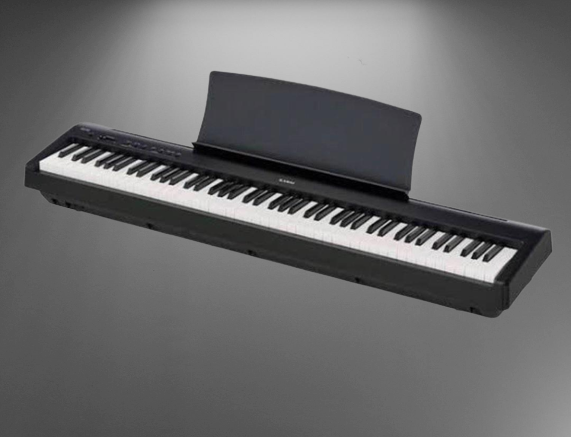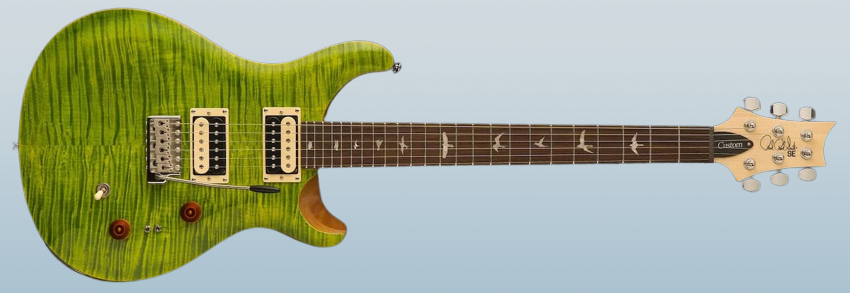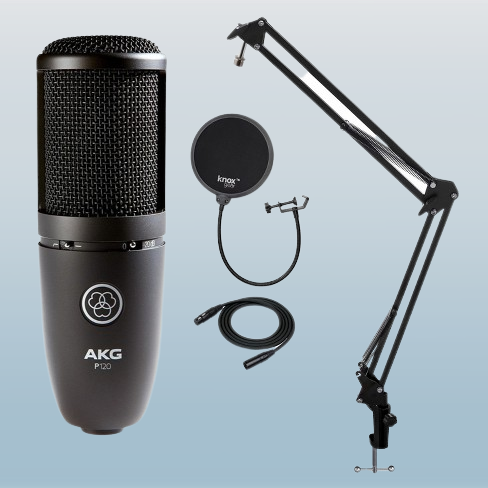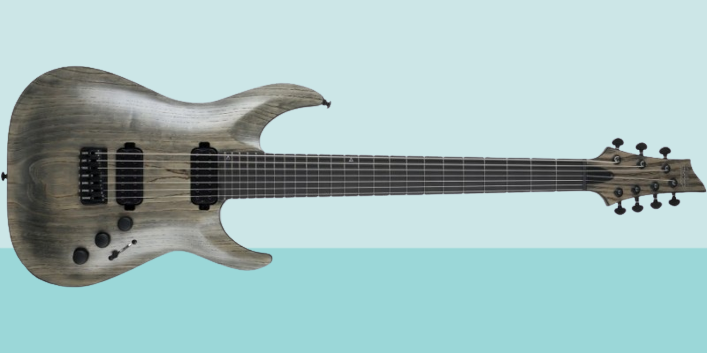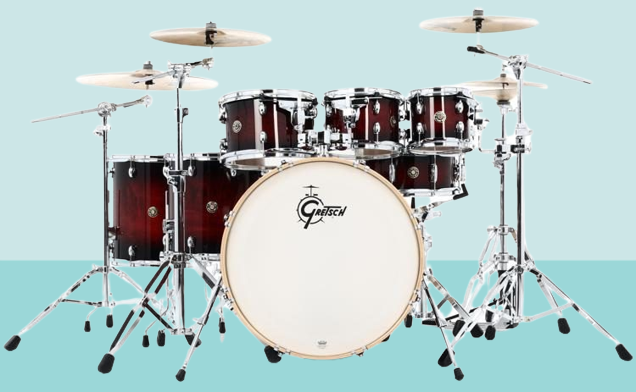
As a renowned name in the world of musical instruments, Kawai has consistently delivered exceptional quality and innovation to pianists worldwide. The Kawai ES110 is a testament to the brand’s commitment to providing a portable digital piano that offers an authentic and expressive playing experience. In this comprehensive blog article, we will explore the key features, design, sound quality, touch sensitivity, portability, and user experience of the Kawai ES110, unveiling why it has become a beloved choice among pianists of all levels.
1. The Kawai ES110: A Gateway to Pianistic Excellence
The Kawai ES110 is a portable digital piano designed to cater to the needs of musicians on the move and piano enthusiasts alike. With a focus on delivering a realistic and expressive playing experience, the ES110 incorporates cutting-edge technology and craftsmanship to replicate the sound and touch of an acoustic grand piano. Its lightweight and compact design make it a practical choice for both home practice sessions and on-the-go performances.
2. Sound Quality and Piano Sampling Technology:
At the heart of the Kawai ES110 lies Harmonic Imaging Sound Technology. This advanced piano sampling technology captures the distinctive tonal characteristics of Kawai’s renowned EX concert grand piano. The ES110 features a carefully selected 88-key piano sampling, ensuring every note is represented with clarity and authenticity. As a result, pianists can expect a rich, resonant, and immersive sound that closely emulates playing on an acoustic grand piano.
3. Responsive Hammer Compact II (RHCII) Keyboard Action:
The Kawai ES110 features the Responsive Hammer Compact II (RHCII) keyboard action, which replicates the feel and responsiveness of an acoustic piano. With its graded hammer weighting system, the lower registers offer a heavier touch, while the higher registers provide a lighter touch, just like a grand piano. The result is a natural and authentic playing experience, allowing pianists to express themselves with nuance and finesse.
4. Virtual Technician Functionality:
The ES110 offers Virtual Technician functionality, enabling users to fine-tune various piano parameters to suit their playing preferences. This feature allows pianists to adjust the key touch, voicing, resonance, and other characteristics, providing a personalized piano-playing experience that caters to individual styles and musical genres.
5. Dual and Split Modes:
The Kawai ES110 offers dual and split playing modes, allowing pianists to layer two different sounds or split the keyboard into two sections with different sounds. This feature enhances versatility during performances and practice sessions, enabling musicians to explore a wider range of musical possibilities.
6. Built-in Lesson Functions:
The ES110 comes with a selection of built-in lesson functions that are particularly valuable for beginners and students. These functions include a metronome, song recorder, and a variety of classical piano etudes and exercises. By integrating educational features into the digital piano, Kawai encourages a more comprehensive and enjoyable learning experience.
7. Compact and Portable Design:
Weighing just 26 pounds and equipped with a built-in stereo speaker system, the Kawai ES110 offers unparalleled portability. Its sleek and compact design allows musicians to transport it effortlessly, making it an excellent choice for performances, rehearsals, music classes, and even street performances.
8. Connectivity and Integration:
The Kawai ES110 comes with a range of connectivity options, including MIDI and USB ports, enabling seamless integration with computers and external devices. Its MIDI functionality allows for connection with music software, expanding the creative possibilities and recording capabilities of the digital piano.
The Kawai ES110 is a masterpiece of technology and craftsmanship, encapsulating the essence of an acoustic grand piano in a portable and convenient digital format. With its Harmonic Imaging Sound Technology, Responsive Hammer Compact II keyboard action, and a host of advanced features, the ES110 offers an authentic and expressive piano-playing experience that resonates with pianists of all levels.
Whether you are a professional pianist, a music student, or an enthusiast exploring the world of piano playing, the Kawai ES110 invites you to immerse yourself in a world of musical possibilities, expressing your artistry with grace and emotion. With a dedication to pushing the boundaries of digital piano technology, Kawai continues to inspire and elevate the musical journeys of countless pianists worldwide through the unparalleled experience of the ES110.
Comparing the Kawai ES110 and the Yamaha P125 provides valuable insights into two popular portable digital pianos that cater to pianists seeking authentic sound and touch in a compact design. Both models come from respected brands known for their commitment to delivering high-quality musical instruments. Let’s delve into a comprehensive comparison of the Kawai ES110 and the Yamaha P125:
1. Sound Quality and Piano Sampling Technology:
2. Keyboard Action and Touch Sensitivity:
3. Polyphony and Sound Customization:
4. Built-in Lesson Functions:
5. Compact and Portable Design:
6. Connectivity and Integration:
Both the Kawai ES110 and the Yamaha P125 are exceptional portable digital pianos that excel in sound quality, keyboard action, and portability. The ES110’s Harmonic Imaging Sound Technology and Responsive Hammer Compact II action deliver an authentic and expressive playing experience, while the P125’s Pure CF Sound Engine and Graded Hammer Standard action provide a clear and dynamic sound.
Whether you choose the ES110 or the P125, you can expect an immersive and enjoyable piano-playing experience that enables you to express your musical artistry with grace and finesse. With a commitment to quality and innovation, Kawai and Yamaha continue to inspire pianists worldwide through their remarkable contributions to the world of digital pianos.




